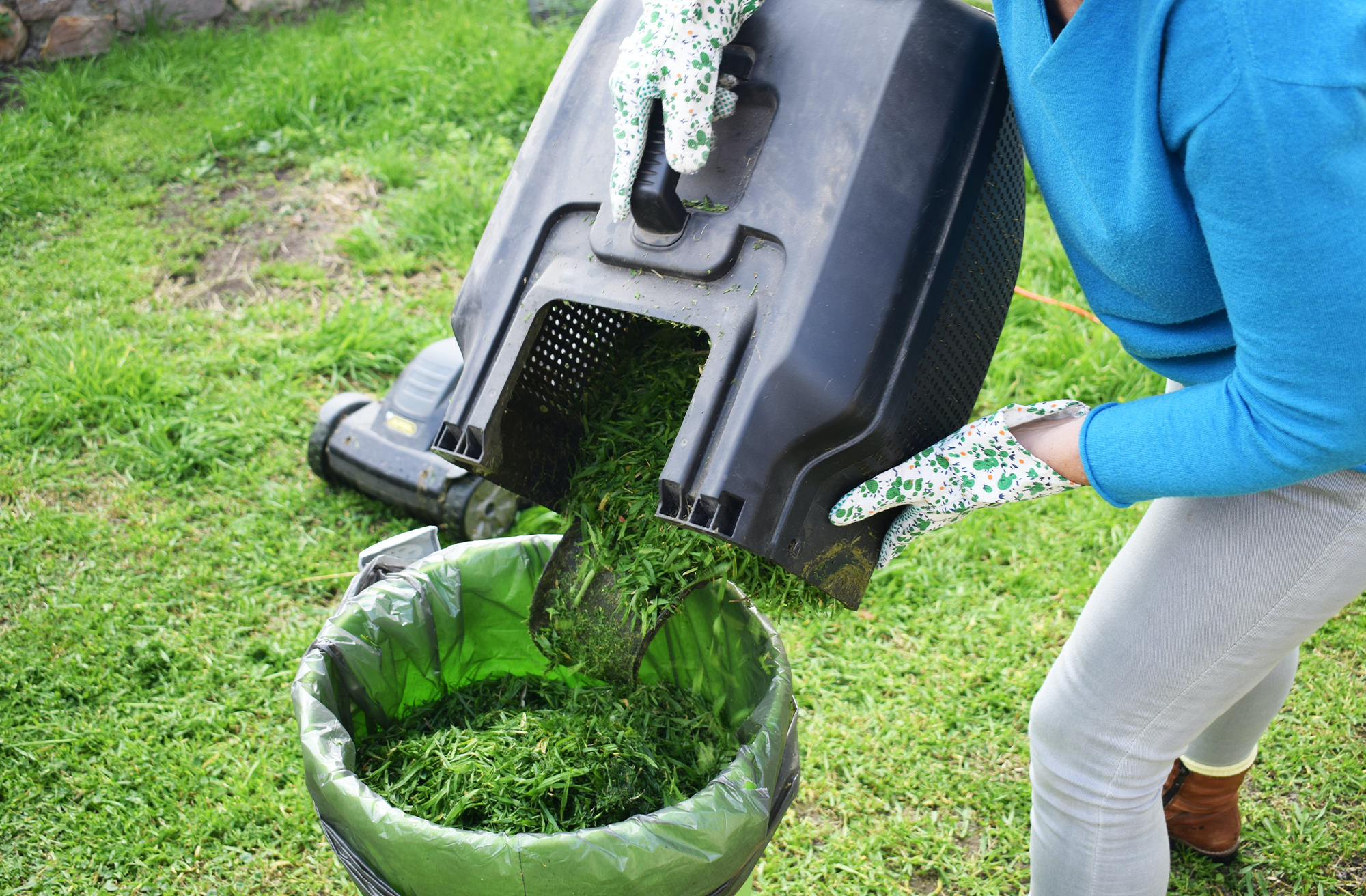
Lawn Care Tips
The Benefits of Mulching Your Grass Clippings Instead of Bagging Them

Mulching is the process of applying a thin layer of organic material to the surface of your lawn. This can be done with grass clippings or other types of mulch, such as shredded leaves. The goal is to improve soil health by providing nutrients and improving water retention.
Mulching grass clippings has many benefits for homeowners: it reduces the need for fertilizer; reduces weed growth; prevents erosion by reducing compaction from foot traffic; improves drainage so that water doesn’t pool on top of your lawn (which can cause fungal problems); and keeps down dust from mowing by reducing bare spots where dirt would show through if left uncovered after mowing
How Mulching Works
Mulching is a process that involves cutting your grass and then laying the clippings back on top of the soil to decompose. This helps to fertilize the lawn, improve its appearance and prevent weeds from growing.
Mulching is beneficial because it:
- Keeps the soil moist, which prevents drought stress in hot weather and promotes healthy root growth;
- Prevents erosion by reducing wind speed across exposed areas;
- Reduces weed growth by shading out sunlight needed for germination;
- Increases organic matter content in soils that are low in nutrients (such as sandy soils).
Benefits of Mulching Grass Clippings
Mulching your grass clippings is a great way to reduce the amount of time you spend mowing and bagging, as well as improve soil health. Grass clippings are high in nitrogen, which helps fertilize the soil and encourage plant growth. This also helps prevent weeds from growing by providing shade for them to grow under.
The Best Mulching Mowers
You can choose from three different types of mulching mowers: a side-discharge, bagging and mulching mower. Each has its own benefits and drawbacks, so it’s important to know what you’re getting into before buying one.
3-in-1 mowers are the most common type of residential lawnmower –and for good reason! They’re affordable, easy to use and reliable enough that they’ll last a long time if you maintain them properly. These mowers give you the ability to mulch the clippings back onto the lawn, collect them with your bag, or disperse the clippings in the yard with the side discharge chute. They give you the flexibility to use whichever technique suits you and your yard’s needs the best.
The Best Mulching Techniques
- The best mulching techniques are as follows:
- Mow your lawn as usual, but leave the clippings on the grass. They’ll decompose and add nutrients to the soil, which will help your lawn grow thicker and greener.
- If you want to go even further, use a bagger attachment on your mower to collect grass clippings in a bag that can be emptied later into compost bins or trash cans (depending on how much you have). This is especially useful if you don’t have space for large piles of mulched leaves around your yard–you can just toss them into another container instead!
- If clumps of the clippings remain on the lawn after mulching, you can simply take a rake or blower and disperse these clippings throughout the lawn.
- If the grass is very long at the time of cutting, bagging would likely be the best option. If there are too many clippings left on the lawn, it can ultimately suffocate your lawn by not allowing enough nutrients from the sun and rain to get to it.
Mulching Tips and Tricks
Mulching Tips and Tricks
- Mow your lawn at the proper height. The ideal grass length for mulching is between 2.5 and 3 inches. If you have to cut your grass shorter due to drought, it’s better to bag than to let it grow too tall.
- Don’t skimp on the fertilizer! A healthy lawn will produce fewer clippings than an unhealthy one, so make sure that you are feeding your soil with nutrients before mowing each time. This will help keep weeds down and encourage strong root growth in your grasses as well as prevent them from turning brown after being cut (which means less work for you).
- Use a mulching blade if possible! These blades cut up clippings into tiny pieces that fall directly onto the ground instead of blowing away in the wind — plus they’re much easier on both machines and operators since there’s no need for extra attachments like bags or containers.
Common Questions About Mulching
Mulching is a great way to recycle your grass clippings, but it’s not the only option. You can also bag them and have them picked up on yard waste day, or put them into the compost pile. Let’s take a look at what each of these methods has to offer:
Mulching: Mulching is beneficial because it reduces the need for fertilizers and pesticides, which are harmful to humans and wildlife alike. If you have children or pets who play outside often, this will be especially important to consider when deciding how best to dispose of your yard waste. Additionally, mulching helps keep soil moist during dry periods by providing an insulating layer between soil particles and air (which dries out quickly). This means less watering is needed! However, there are some drawbacks as well:
- Some people find that their lawnmower doesn’t mulch properly so they end up having clumps instead
Conclusion
- Mulching your grass clippings is a great way to help the environment.
- It also saves you time, money and effort by reducing your need for fertilizer and other chemicals.
- You can use the mulch as fertilizer for your garden or compost it in a compost bin.

